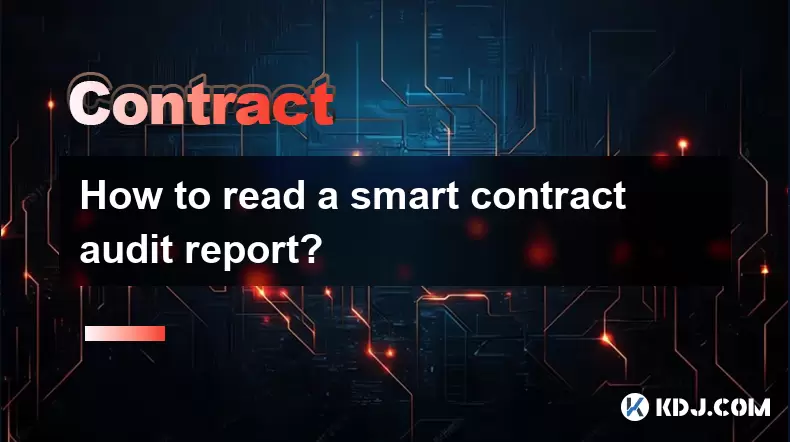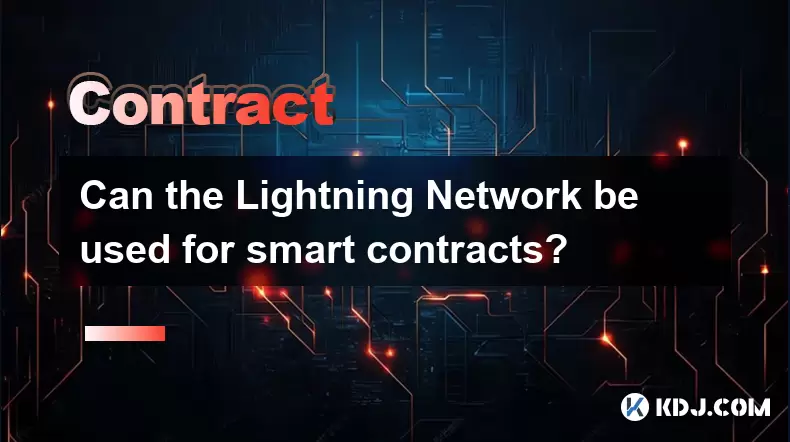-
 Bitcoin
Bitcoin $118,209.3536
1.16% -
 Ethereum
Ethereum $3,151.7546
5.98% -
 XRP
XRP $2.9277
2.35% -
 Tether USDt
Tether USDt $1.0000
0.00% -
 BNB
BNB $689.7099
1.26% -
 Solana
Solana $163.4270
1.91% -
 USDC
USDC $1.0000
0.02% -
 Dogecoin
Dogecoin $0.1983
3.74% -
 TRON
TRON $0.3008
0.51% -
 Cardano
Cardano $0.7435
2.86% -
 Hyperliquid
Hyperliquid $47.6547
-0.48% -
 Stellar
Stellar $0.4625
2.79% -
 Sui
Sui $3.9921
2.71% -
 Chainlink
Chainlink $16.0608
4.23% -
 Hedera
Hedera $0.2348
1.56% -
 Bitcoin Cash
Bitcoin Cash $496.6985
1.25% -
 Avalanche
Avalanche $21.9038
5.41% -
 UNUS SED LEO
UNUS SED LEO $8.8356
-1.88% -
 Shiba Inu
Shiba Inu $0.0...01364
5.31% -
 Toncoin
Toncoin $3.1102
4.35% -
 Litecoin
Litecoin $95.9756
3.59% -
 Polkadot
Polkadot $4.0925
5.78% -
 Monero
Monero $333.7622
-1.44% -
 Uniswap
Uniswap $9.1968
2.25% -
 Bitget Token
Bitget Token $4.6378
6.23% -
 Pepe
Pepe $0.0...01282
6.77% -
 Dai
Dai $1.0002
0.03% -
 Ethena USDe
Ethena USDe $1.0005
0.00% -
 Aave
Aave $329.9143
4.49% -
 Bittensor
Bittensor $441.4995
6.89%
How to read a smart contract audit report?
A smart contract audit report evaluates security, identifies vulnerabilities like reentrancy or overflow, and provides severity-based recommendations to enhance code safety and efficiency.
Jul 16, 2025 at 10:49 am

Understanding the Structure of a Smart Contract Audit Report
A smart contract audit report typically follows a standardized format to ensure clarity and consistency across different auditing firms. The structure usually includes sections such as an executive summary, methodology, findings categorized by severity, and recommendations for mitigation. Understanding this layout is essential when interpreting the document. The executive summary provides a high-level overview of the audit's scope and major conclusions without diving into technical details.
The methodology section explains how the auditors approached their analysis—whether they used automated tools, manual code reviews, or both. This part helps readers assess the thoroughness of the audit process. Following that, you'll find a detailed list of identified issues, often classified as critical, high, medium, or low severity levels based on potential impact and exploitability.
Key Terminologies in Smart Contract Audits
To effectively interpret a smart contract audit report, it’s crucial to understand specific terminology commonly used within these documents. Terms like reentrancy vulnerability, integer overflow/underflow, and unchecked external calls frequently appear in such reports. Each term refers to distinct types of vulnerabilities that can compromise the security of a blockchain application if left unaddressed.
For instance, a reentrancy attack occurs when a malicious contract repeatedly calls back into the original function before its execution completes—potentially draining funds from the affected contract. Meanwhile, integer overflow/underflow involves arithmetic operations exceeding safe limits, which could lead to unexpected behavior or exploits.
Another important concept is gas optimization. While not directly related to security flaws per se, inefficient gas usage affects transaction costs and network efficiency. Auditors often highlight areas where developers can improve gas consumption through better coding practices or alternative implementations.
Interpreting Severity Levels and Risk Assessments
Smart contract audit reports categorize findings based on severity levels designed to communicate risk magnitude clearly. A critical issue indicates an immediate threat requiring urgent attention due to its potential for severe consequences, including loss of funds or system failure. Conversely, high-severity problems might still pose significant risks but aren't necessarily exploitable under all circumstances.
Medium-level issues generally involve logic errors or suboptimal practices that don't present direct threats but could evolve into more serious concerns over time. Low-severity items usually relate to minor bugs, documentation inconsistencies, or style guide violations rather than actual security weaknesses.
Each finding entry typically includes a description explaining what went wrong, why it matters (impact), steps taken during verification (proof-of-concept examples), and suggested remediation strategies. Pay close attention to these explanations since they provide valuable insights into underlying risks associated with each identified problem.
- Description: Details about the nature of the vulnerability.
- Impact: Explains possible consequences if exploited.
- Proof-of-Concept: Demonstrates how the flaw was verified using test cases or simulations.
- Recommendation: Offers practical advice for fixing the issue efficiently.
Evaluating Recommendations and Mitigation Strategies
After identifying vulnerabilities, auditors propose actionable solutions tailored specifically to address each concern raised throughout the assessment process. These recommendations range from simple code modifications aimed at eliminating known attack vectors to broader architectural changes intended to enhance overall resilience against future threats.
Developers should carefully review every suggestion provided—even those marked as lower priority—to determine feasibility and prioritize fixes accordingly. Sometimes, implementing one recommended change may resolve multiple related issues simultaneously, streamlining development efforts significantly.
In some cases, auditors might also suggest adopting additional best practices beyond addressing immediate concerns highlighted during the evaluation phase. For example, integrating continuous integration pipelines with static analysis tools ensures ongoing compliance with established security standards post-deployment.
- Code Fixes: Direct corrections applied to problematic lines of code.
- Design Adjustments: Modifications made at architecture level to prevent recurrence.
- Tool Integration: Incorporating automated checks into CI/CD workflows for proactive monitoring.
Reviewing Additional Sections: Appendix and References
Beyond core components discussed earlier, many smart contract audit reports include supplementary materials located towards the end under headings like "Appendices" or "References." These sections contain useful resources such as glossaries defining specialized jargon, links to relevant research papers, sample contracts demonstrating correct implementation patterns, and contact information for follow-up inquiries.
The appendix might feature diagrams illustrating complex interactions between various contract modules or flowcharts depicting control structures analyzed during testing phases. Meanwhile, reference lists compile authoritative sources cited throughout the document, enabling readers to explore topics further independently if desired.
Some audits even incorporate checklists summarizing common pitfalls avoided during development cycles alongside metrics tracking progress made since previous assessments—helping stakeholders gauge improvements achieved over time objectively.
Frequently Asked Questions
Q: What should I do if my project receives an audit report with unresolved critical issues?
If your project has outstanding critical issues listed in the audit report, prioritize resolving them immediately before proceeding with deployment. Engage directly with the auditing team to clarify any ambiguities regarding mitigation steps and consider seeking second opinions from other experts if needed.
Q: Are there differences between audits conducted by various firms?
Yes, different auditing companies employ varying methodologies, toolsets, and reporting styles. Some specialize in particular languages or frameworks while others offer comprehensive services covering multiple aspects of blockchain ecosystems. Always compare credentials, past work samples, and client testimonials when selecting an auditor.
Q: How often should I get my smart contracts audited?
It's advisable to conduct audits whenever substantial updates occur—such as introducing new features, migrating platforms, or scaling infrastructure. Periodic re-audits help maintain robust defenses against emerging threats even after initial deployments go live.
Q: Can I rely solely on automated tools instead of hiring professional auditors?
While automated scanners detect certain classes of vulnerabilities quickly, human expertise remains indispensable for uncovering nuanced logical flaws and contextual misconfigurations. Combining both approaches yields optimal results; however, complete reliance on automation alone isn't sufficient for comprehensive assurance.
Disclaimer:info@kdj.com
The information provided is not trading advice. kdj.com does not assume any responsibility for any investments made based on the information provided in this article. Cryptocurrencies are highly volatile and it is highly recommended that you invest with caution after thorough research!
If you believe that the content used on this website infringes your copyright, please contact us immediately (info@kdj.com) and we will delete it promptly.
- Bitcoin, Crypto, and Rate Cut Hopes: A Bullish Brew for the Summer?
- 2025-07-17 00:30:12
- Swedish Refine Group's $1M Bitcoin Treasury Strategy: A Growing Trend
- 2025-07-17 00:30:13
- Avalanche Onchain Insights: Token Relations Unveils Comprehensive Dashboards
- 2025-07-16 22:50:13
- Standard Chartered's Crypto Leap: Regulated Trading and Stablecoin Focus
- 2025-07-16 23:30:13
- Rare Coin Alert: Darwin, Ipswich, and Hidden Treasures!
- 2025-07-16 23:30:13
- Shiba Inu vs. Remittix: Can Remittix Deliver Gains Faster?
- 2025-07-16 23:35:13
Related knowledge

What is a stablecoin-margined contract vs a coin-margined contract?
Jul 15,2025 at 06:36pm
Understanding the Difference Between Stablecoin-Margined Contracts and Coin-Margined ContractsIn the world of cryptocurrency derivatives, margin plays...

How to backtest a Bitcoin futures trading strategy?
Jul 15,2025 at 11:35am
Understanding Bitcoin Futures TradingBitcoin futures trading involves contracts to buy or sell Bitcoin at a predetermined price and date in the future...

Psychology of trading Bitcoin contracts
Jul 13,2025 at 02:50am
Understanding the Emotional Rollercoaster of Bitcoin Futures TradingBitcoin contract trading, especially in the form of futures, introduces a high lev...

Can the Lightning Network be used for smart contracts?
Jul 14,2025 at 11:28pm
Understanding the Lightning Network's Core FunctionalityThe Lightning Network is a second-layer solution built on top of blockchain protocols like Bit...

How does macroeconomic news affect Bitcoin futures prices?
Jul 15,2025 at 04:56pm
Understanding the Relationship Between Macroeconomic News and Bitcoin FuturesBitcoin futures are derivative contracts that allow traders to speculate ...

Best time of day to trade Bitcoin contracts?
Jul 13,2025 at 05:29am
Understanding Bitcoin Contracts and Their VolatilityBitcoin contracts, particularly futures contracts, are derivative instruments that allow traders t...

What is a stablecoin-margined contract vs a coin-margined contract?
Jul 15,2025 at 06:36pm
Understanding the Difference Between Stablecoin-Margined Contracts and Coin-Margined ContractsIn the world of cryptocurrency derivatives, margin plays...

How to backtest a Bitcoin futures trading strategy?
Jul 15,2025 at 11:35am
Understanding Bitcoin Futures TradingBitcoin futures trading involves contracts to buy or sell Bitcoin at a predetermined price and date in the future...

Psychology of trading Bitcoin contracts
Jul 13,2025 at 02:50am
Understanding the Emotional Rollercoaster of Bitcoin Futures TradingBitcoin contract trading, especially in the form of futures, introduces a high lev...

Can the Lightning Network be used for smart contracts?
Jul 14,2025 at 11:28pm
Understanding the Lightning Network's Core FunctionalityThe Lightning Network is a second-layer solution built on top of blockchain protocols like Bit...

How does macroeconomic news affect Bitcoin futures prices?
Jul 15,2025 at 04:56pm
Understanding the Relationship Between Macroeconomic News and Bitcoin FuturesBitcoin futures are derivative contracts that allow traders to speculate ...

Best time of day to trade Bitcoin contracts?
Jul 13,2025 at 05:29am
Understanding Bitcoin Contracts and Their VolatilityBitcoin contracts, particularly futures contracts, are derivative instruments that allow traders t...
See all articles

























































































